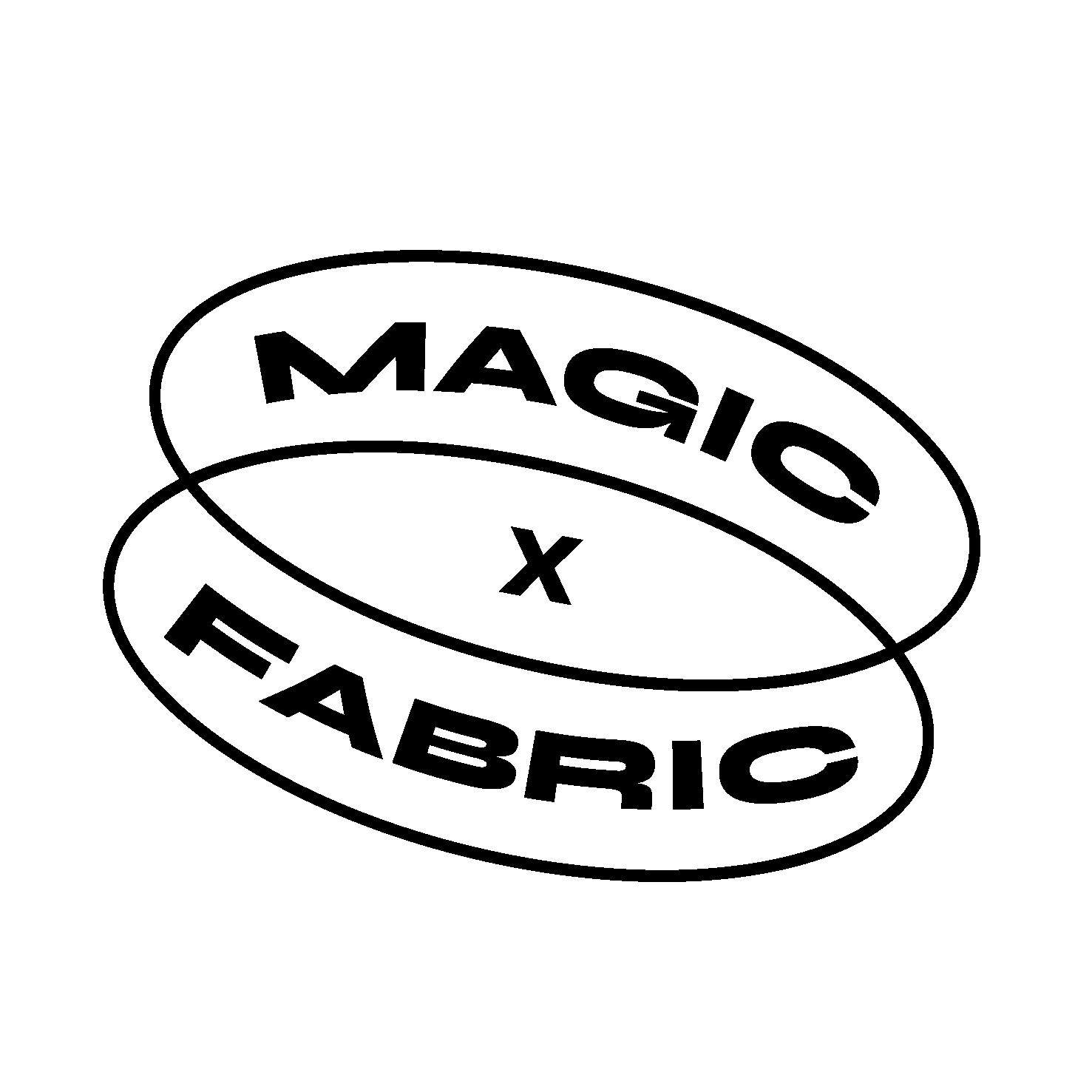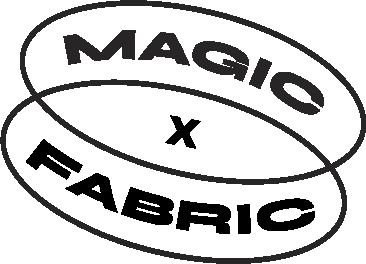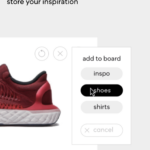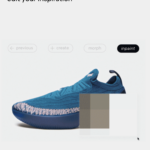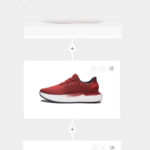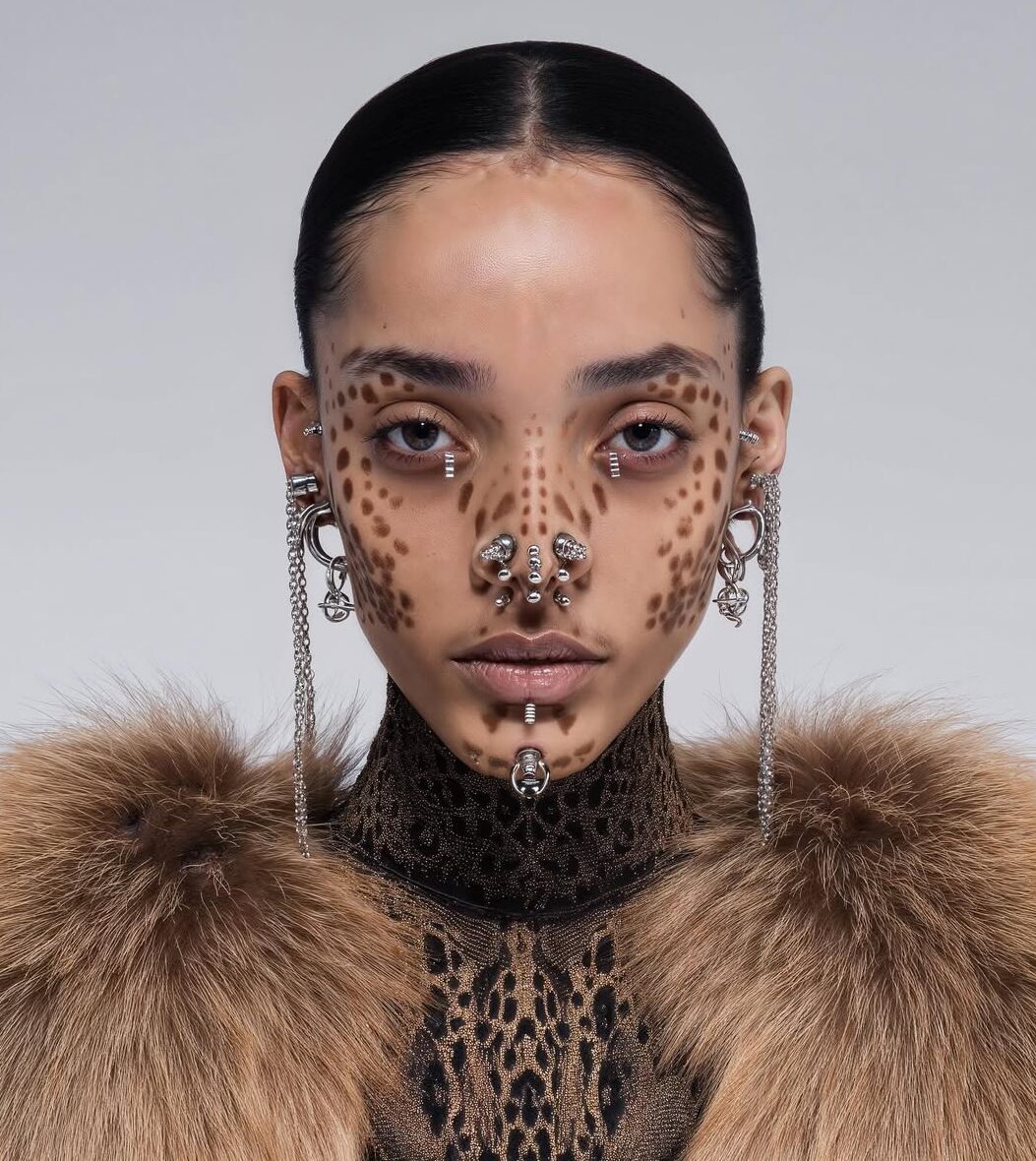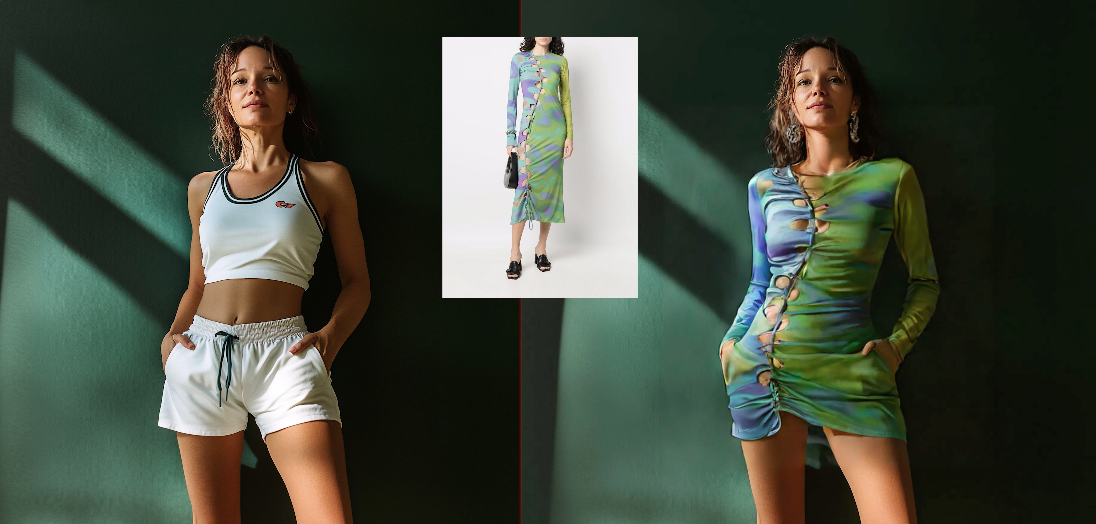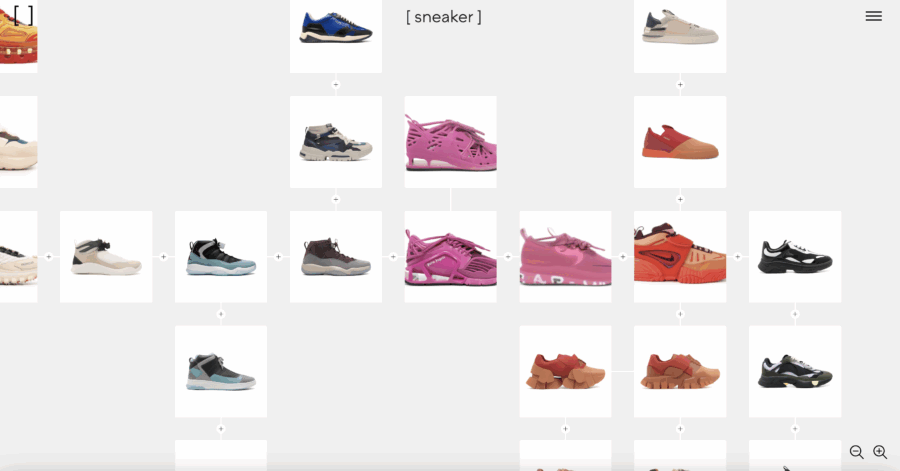
When AI Designs Shoes – Can Machines Be Creative Partners?
AI will change product design forever. At least if you listen to the creators behind this platform. The Frankfurt-based startup cre[ai]tion is building a tool that utilizes generative AI to create a dynamic visual network where ideas sprout, evolve, and regenerate – just like the technology itself. How will this be used and what does this mean for the future of design?
You call the cre[ai]tion platform a “digital muse”. Could you provide specific examples of how designers would be using this tool throughout the product creation process?
– Think of the cre[ai]tion platform as a collaborator, assisting designers in sparking inspiration. for instance, when a designer is drafting a product, they can input initial ideas, and our platform can suggest variations, refine concepts, or even help identify possible flaws or improvements based on learned patterns.
What types of products is your platform specifically tailored to design?
– Our platform is currently tailored mainly for product designers—specifically those in fashion, furniture, footwear, and other industrially produced items. however, it can be expanded for UX/UI designs in the future.
Feedback and iteration are vital in product development. How does your platform support the work process, and how do designers collaborate with stakeholders to update and improve their designs? Is this possible with cre[ai]tion today?
– One unique feature we offer is the “gallery view.” designers can display their top designs as if in a real gallery. this makes it simpler to showcase designs to clients or even involve end-users in the design process, marking the first time consumers can have such a direct impact on design.
How did you build this technically and what things have you learned while developing this? Was there anything that surprised you?
– Technically, it’s been quite a journey. we utilize state-of-the-art AI technology and constantly strive for improvements. I believe true innovation emerges when multiple disciplines, from design to AI, tech, and philosophy, intersect.
Using image generators has sparked controversy in the creator community when people see their works being used for training data sets. What’s your perspective on this?
– For me, it’s a question of authorship. With our new language we call “visual cooking,” designers can more deeply co-create with the AI. We’ve developed a language around this, aiming to allow designers to mix and match ingredients to create a final design “meal.”

The design process starts with picking an item from an AI-generated image feed
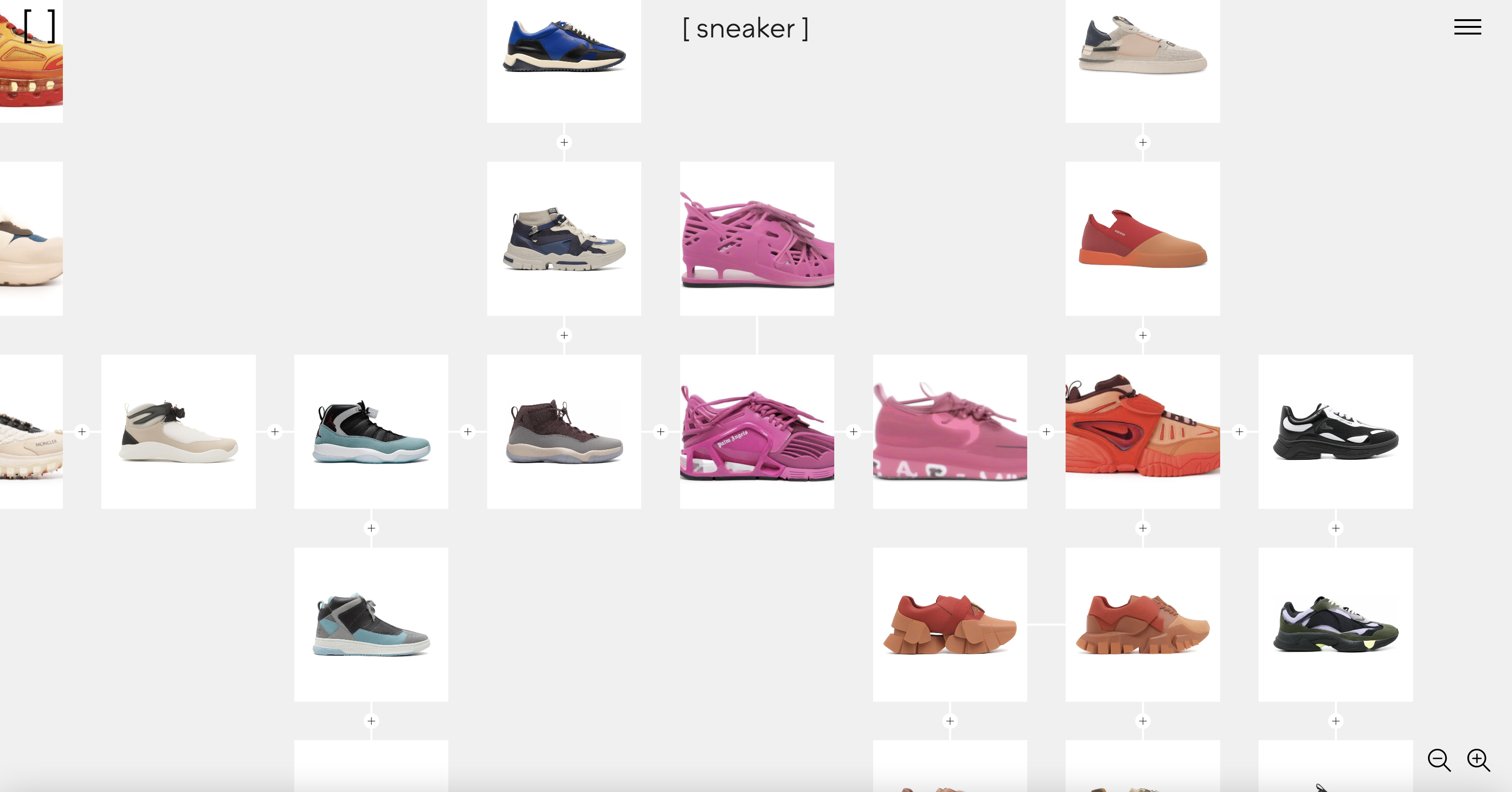
By morphing designs with shoes from the feed or images the user uploads, new AI designs appear
It’s interesting to think about how dual interaction between customers and brands could open up with this technology having users giving input on designs even before they are produced. Is this something you are exploring?
– We firmly believe in the potential of this technology to transform customer-brand interactions. It allows designers to tap into current trends and offer optimal feedback, ensuring top-tier designs.
Some people worry that upcoming AI regulations will be a showstopper for lots of startups in this space. How do you anticipate the future of services dependent on these datasets, and do you believe these concerns are overstated?
– I see AI regulations as a positive step. despite the uncertainties, we’re prepared. we’re particularly confident about our image generation technology, having onboarded consultants well-versed in copyright issues. since we train specifically on our client datasets, we foresee minimal challenges in this realm.
Could you provide examples of success stories and use cases where your platform has changed how designers work?
– While I can’t reveal specifics due to NDAs, we’ve received immensely positive feedback from a wide range of industries, from product and fashion to automotive design.
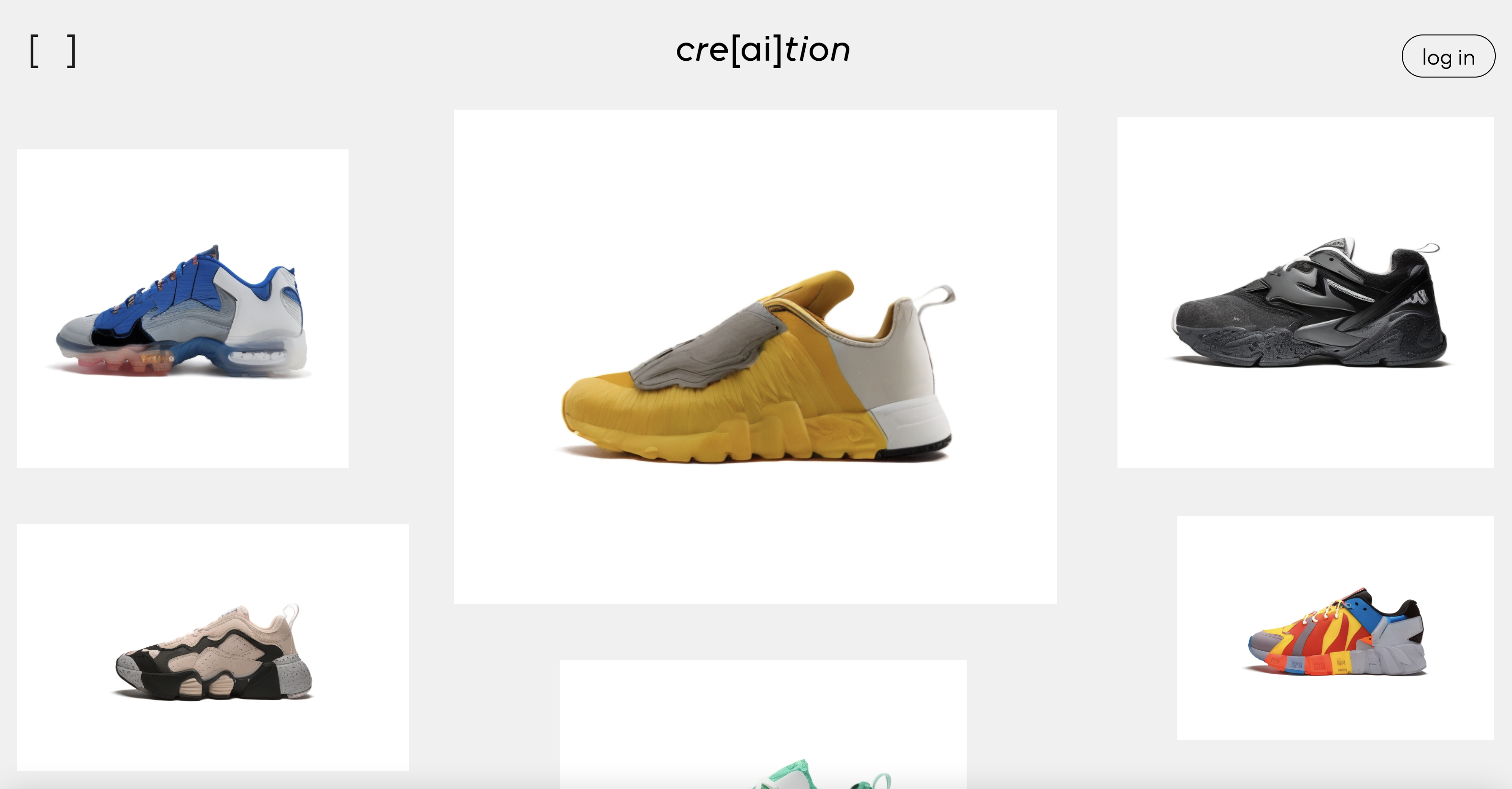
How do you envision the future of AI in design, and when do you anticipate that AI design tools will be widely adopted in design departments?
– I picture it as a ping-pong game—a collaborative process where designers and their AI assistants work hand-in-hand, bouncing ideas back and forth.
What do you think is the biggest blocker for it to happen?
– I’m optimistic. If history is any indicator, the adoption of such technologies is inevitable. We stand on the brink of a new industrial revolution that will redefine how tomorrow’s products are conceptualized.
More reading:
